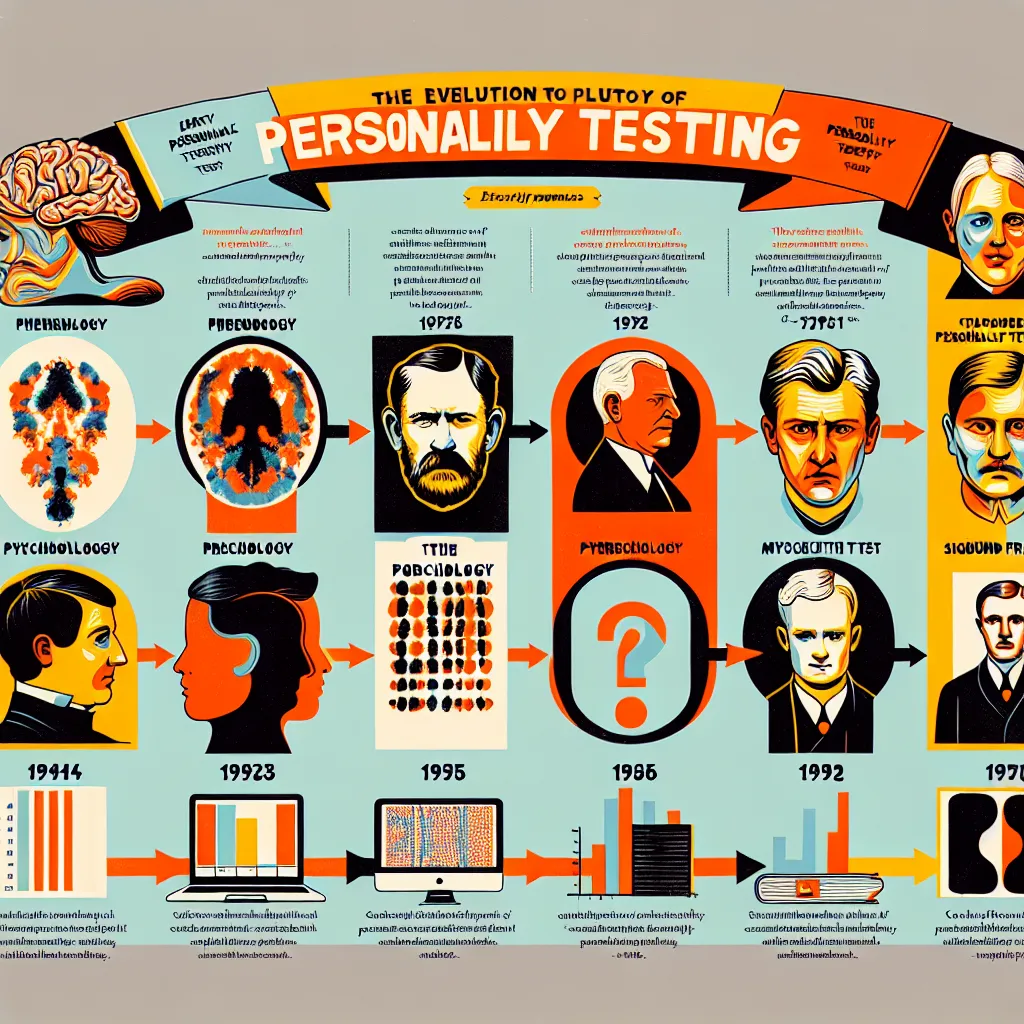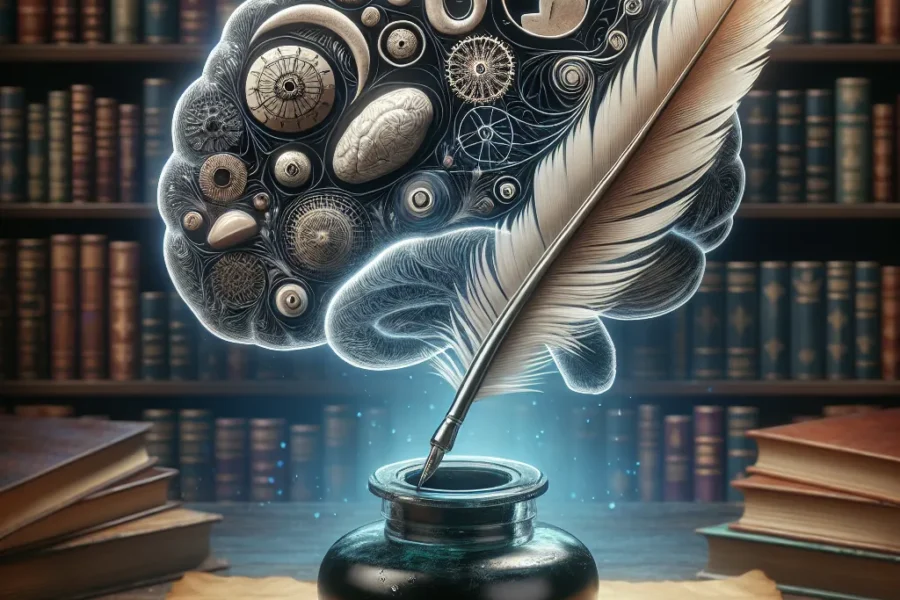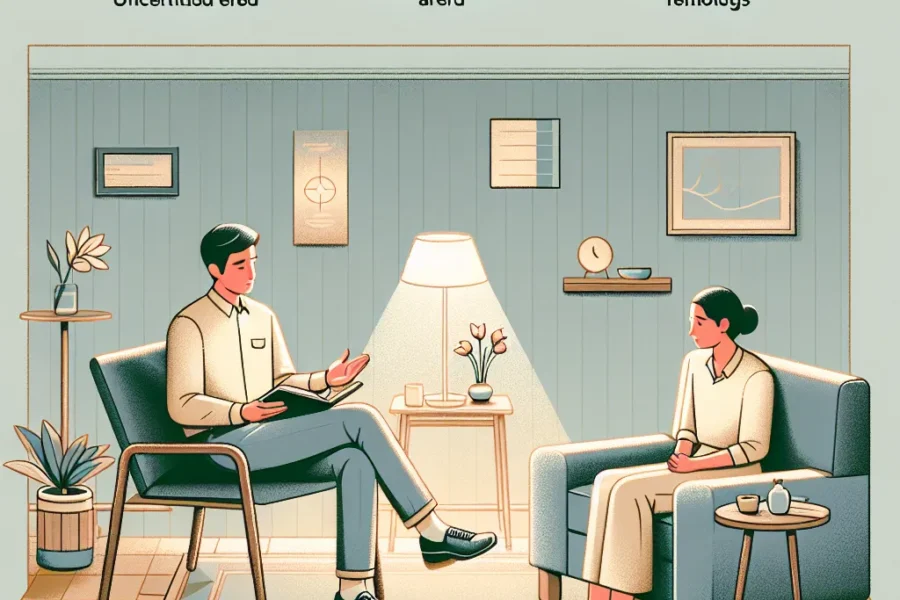The Evolution of Personality Testing in Psychology
Personality testing has come a long way since its inception in the field of psychology. The journey from basic theories and intuitive assessments to sophisticated psychometric instruments has transformed our understanding of human personality. Personality tests are now integral tools used globally by psychologists, educators, employers, and even within our personal lives to better understand ourselves and others. This evolution has revolved around the quest to measure individual differences reliably and validly – a quest that has shaped modern psychological practice and research.
The earliest roots of personality testing can be traced back to the late 19th and early 20th centuries. At this time, Sir Francis Galton, a cousin of Charles Darwin, began to explore the idea that personality traits could be quantified, just like physical characteristics. He used adjectives to describe personality traits and sought to measure individual differences through surveys. This laid the groundwork for personality testing, although Galton’s methods lacked scientific rigour.
Another significant milestone in the realm of personality testing was the introduction of the Woodworth Personal Data Sheet during World War I. This was one of the first attempts to create a standardized test for screening soldiers at risk of developing shell shock, now known as post-traumatic stress disorder (PTSD). While not specifically a personality test, it marked the first large-scale use of psychological testing and highlighted the need for standardized assessment tools.
The 1920s and 1930s saw the emergence of personality theories that emphasized the importance of unconscious and intra-psychic processes. The Rorschach inkblot test, created in 1921 by Hermann Rorschach, was an early projective test designed to allow individuals to project their personality onto abstract images. Psychologists analyzed the content and structure of these responses to infer personality characteristics. Although controversial, the Rorschach test signaled a move towards more abstract and indirect methods of personality assessment.
The Thematic Apperception Test (TAT), developed by Henry A. Murray and Christiana D. Morgan in the 1930s, was another projective personality test that encouraged subjects to create stories about ambiguous images. These narrative responses were believed to uncover hidden emotions and internal conflicts, providing insights into an individual’s personality. Both the Rorschach test and the TAT are considered classics in the field of personality assessment.
Perhaps the most significant development in personality testing arose from the trait theory approach. In the mid-20th century, Raymond Cattell used factor analysis to derive 16 personality factors, which he believed comprised the fundamental building blocks of personality. This led to the creation of the Sixteen Personality Factor Questionnaire (16PF), a self-report inventory that assesses various personality dimensions.
Louis Leon Thurstone and others continued to contribute to trait theory, but it was the work of psychologists Paul Costa and Robert McCrae that culminated in the widely recognized Five Factor Model (FFM) or Big Five personality traits. This model posits that personality can be encapsulated in five broad dimensions: openness, conscientiousness, extraversion, agreeableness, and neuroticism. The corresponding test, the NEO Personality Inventory, has since become a gold standard in personality assessment.
At the same time, other notable personality tests came into use, such as the Minnesota Multiphasic Personality Inventory (MMPI), originally published in 1943 by Starke R. Hathaway and J.C. McKinley. The MMPI, and its later revisions, are one of the most researched and clinically used personality tests in the world. It measures a broad range of psychological conditions and personality attributes and is particularly useful in clinical, forensic, and employment settings.
The latter half of the 20th century and into the 21st century has seen a surge in interest in personality testing within the workplace. Instruments like the Myers-Briggs Type Indicator (MBTI) have become popular for team building, leadership training, and career counseling. Based on Carl Jung’s theory of psychological types, the MBTI categorizes individuals into 16 personality types based on their preferences in four dichotomies. Although criticized by some for its lack of empirical support, the MBTI reflects the ongoing interest in applying personality testing to real-world scenarios.
Technology has played a significant role in the continued evolution of personality testing. With the rise of the internet and advanced statistical software, personality tests are now more accessible and sophisticated than ever before. Online personality assessments provide immediate feedback and can be employed in a vast array of contexts, from recruitment processes to online dating services. Additionally, advancements in psychometrics, such as Item Response Theory (IRT), have helped refine the statistical reliability and validity of these tests.
Ethical considerations have also shaped the evolution of personality testing. With the high stakes involved in the outcomes of these tests, issues of privacy, consent, and potential misuse have prompted the development of rigorous ethical guidelines and certifications for test administrators.
Research into personality assessment continues to thrive, exploring the genetic underpinnings of personality traits, the stability of personality over time, and the influence of culture on personality expression. Additionally, there is a growing recognition of the dynamic nature of personality and the impact that life experiences have on shaping our personalities.
In conclusion, the evolution of personality testing in psychology represents a fascinating journey from simple, albeit insightful, beginnings to a highly refined and diverse field of study. It has mirrored the advancement in our understanding of human behavior and has been fueled by technological progress and a continuous quest to map the intricacies of the human psyche. As we move forward, personality testing will undoubtedly continue to evolve, reflecting changes in our society, culture, and the broader landscape of psychological science. The future of personality testing holds the promise of even more precise and meaningful insights into the human condition, benefiting both individuals and communities alike.



Leave a Comment